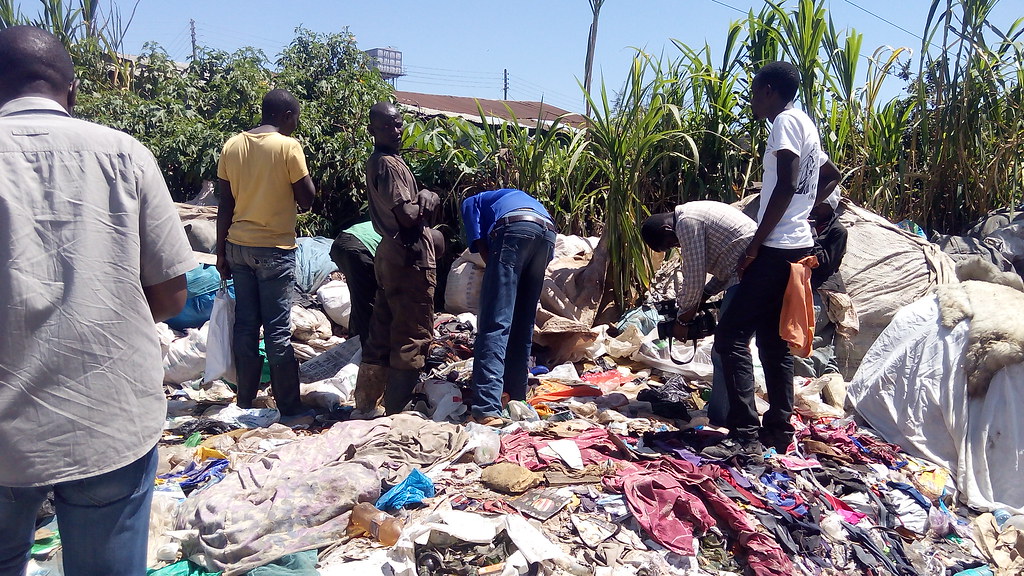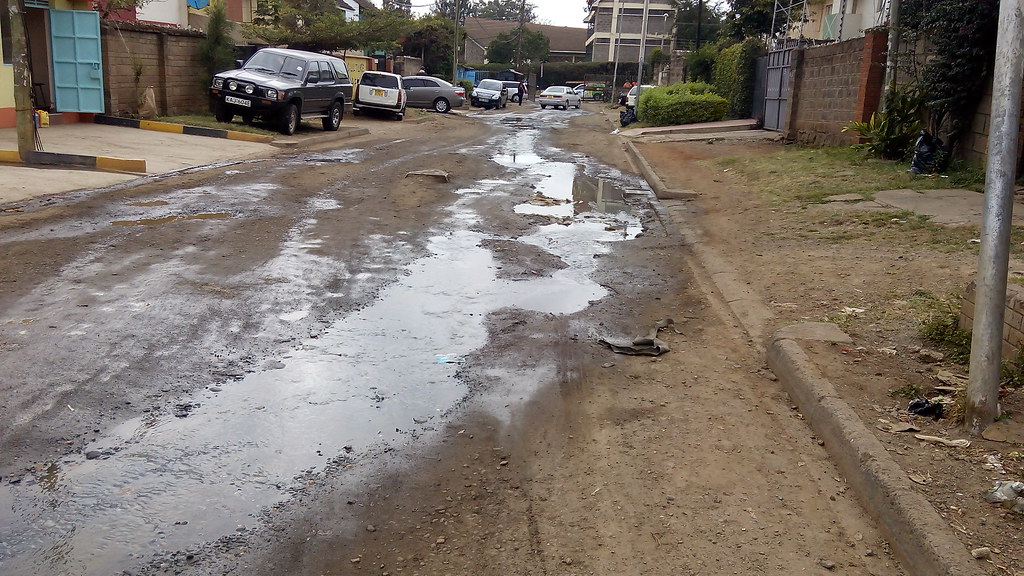More than half of the world lives in cities. Estimates indicate that by 2050 about 70% of the world’s population will live in urban areas. Cities are the centres of civilization, commerce, innovation and culture. They have diverse populations with different needs dependent upon various variables such as age, culture and economic levels. However, they are significantly affected by the modern challenges of climate change, mobility and energy consumption.
It is important for the good of the citizens that authorities work towards better social, economic and physical environments in cities. This includes their ability to be able to respond to unexpected natural or manmade events and occurrences. Thus, city management needs to have a strong focus on resilience.
Time and experience have shown that many cities share common challenges. These range from climate change and energy consumption to population growth and housing among other issues. These concerns have led to cities slowly recognizing the importance of building their resilient capacities.
As a result of this growing awareness, the Rockefeller Foundation pioneered the 100 Resilient Cities Programme. 100 Resilient Cities Programme has an ambitious goal of helping cities worldwide build resilience to the growing social, economic, and physical challenges of the 21st century. The initiative aims at enabling cities to work together towards solving their challenges in a proactive and inclusive manner rather than in a reactive secluded manner.
As part of the Programme, a selected City will benefit through:
- Recruitment of a Chief Resilience Officer (CRO) who will be the point of contact between the City Mayor, Different Departments and city silos.
- The City will create a resilience strategy, which will determine areas of strength, weakness and health levels. The strategy is expected to be implemented.
- The City will have access to platform partners which includes tools, services and advisory support from academic and corporate sector partners who want to help the cities achieve their resilience goals.
- The City will enjoy access to a network of Cities and CROs, where cities can acquire global knowledge from the experiences of others.
In a six-to -nine month process, the CRO (‘resilience point person) will involve a wide variety of stakeholders in identifying the city’s resilience challenges, its capabilities and plans to address them, and then identify the gaps between these two. By applying a resilience lens, the CRO will ensure that the city’s resources are leveraged holistically and projects planned for synergy.
The City of Nairobi, Kenya, was on Wednesday 25th May, selected together with 37 other Cities to join the final list of 100 Resilient Cities. With an official population of 3,100,000 as of 2009, Nairobi’s case addresses the main challenges of aging infrastructure, terrorism, disease, flooding, high unemployment, infrastructure failure, lack of affordable housing, pollution/ environmental degradation. This list may sound all too familiar to residents but a quick check with other cities shows these problems are not unique to Nairobi.
Cities with Similar challenges:
- Aging infrastructure: Cape Town, Chennai, Accra, Rio de Janeiro
- Disease Outbreak: Lagos, Paris, Vancouver
- Flooding: Panama City, Nashville, Kyoto, Jaipur
- High unemployment: Addis, Enugu, Tbilisi, Athens
- Infrastructure Failure: Lagos, Honolulu, Buenos Aires, Tel Aviv
- Housing: Pune, Calgary, Seoul, Milan
- Pollution: Jaipur, Guadalajara Metropolitan Area, Panama City ,Accra
- Terrorism: Tel Aviv, Atlanta, Greater Manchester
Nairobi’s resilience is normally tested during its long rains season where in recent times flooding has led to destruction of property and loss of lives. A substantial amount of blame is credited to the municipal authorities who are perceived as allowing or turning a blind eye to sub-standard public works like drainage and roads. The urban poor are often the biggest victims of the resulting state of affairs. With over 60% of the population living within informal settlements (Nairobi does not have any social housing policy), during heavy rains these areas have witnessed massive destruction of property and associated loss of lives. Rapid spread of diseases also occurs as many of these poor residents lack access to safe drinking water and adequate healthcare.
Studies on Nairobi’s air quality have recorded high levels of toxins . Most of Nairobi’s water bodies can be mistaken for open sewers due to years of pollution. Once again, these appear to affect the urban poor more than anyone else as several informal settlements are located near heavily polluted water bodies.
Aging infrastructure and failure to adapt to various needs of a modern city have hindered the development of Nairobi. The last decade has seen the construction of various roads and highways some 30 years after they were planned. However, a slow approach towards implementing expedient requirements like a mass rapid transport system, better land use management and infusion of the informal sector in planning directives is now evident.
The 100 cities are expected to become the lynchpin of a global movement and eventually spread to over 10,000 cities. With cities facing the intertwined forces of globalization, urbanization, and climate change this is viewed as one of the best opportunities to solve our modern challenges. By transforming how we think, plan, and operate, cities can turn most challenge into opportunities. Some cities have already developed their resilience strategy; an example is Rotterdam’s Rotterdam Resilience Strategy.
CRO Conferences will enable sharing of information as a key aspect of problem solving. CROs can celebrate successes, support each other as well as create a powerful, peer-led catalyst for resilience building across the world. Dr. Judith Rodin, President of the Rockefeller Foundation states that the coordination will work towards ensuring that no city experiences a failure that another city has already had.
The programme also has several partnerships that cities can benefit from such as the International Rescue Committee (IRC) (challenges related to displaced populations). A partnership with The Street Plans Collaborative (Street Plans) will provide Tactical Resilience workshops to 100RC network members to help implement cities long term resilience strategies.
Will cities be able to receive enough political backing to take the necessary steps towards improving their urban resilience? How can the programme be extended towards smaller growing cities beyond the selected 100?
Images by Constant Cap, Data Linked to Sources



Great programme that has the potential to transform residential places.Planning is key to building failure-proof cities with proper housing that can actually translate into better output at work places. Awesome!
With enough political goodwill, Nairobi can do good. The government should put the appropriate structures in place to aid in this. Its residents should as well be made aware of the importance of environmental conservation and how to go about it. there should be a proper waste management discipline amongst the residents.
Thanks for sharing. I have learnt something new.
As for me,political leaders can only help towards the approach of elections.The best way to improve on the growing cities,is to have people doing research on what needs to be improved,whereby a solution has to be found.Depending on political backing can work only when helping them achieve more fame in winning.
We need selfless leaders in Africa if we really want these conditions changed
Thank you for sharing this milestone with us. Nairobi city and many other cities face a myriad of problems. How to solve them is a problem. Nairobians deserve a better living condition.
Improving the city will go along way